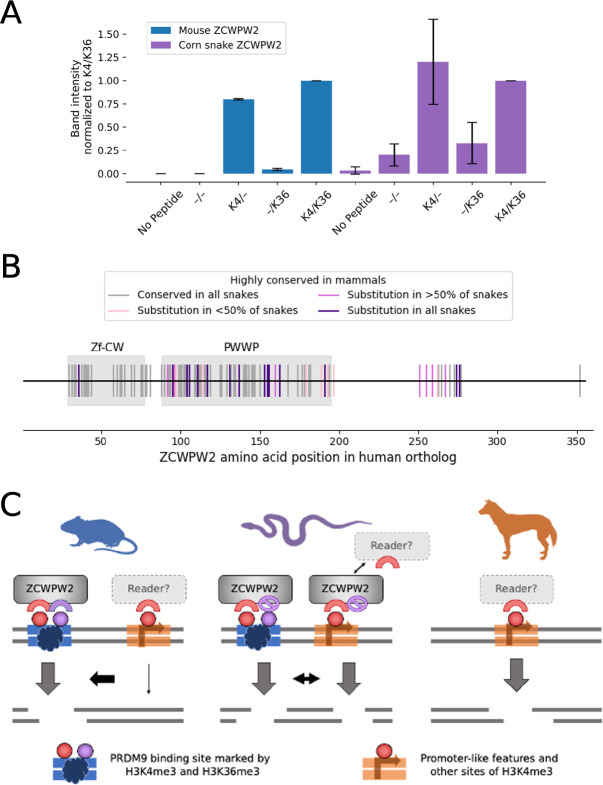Figure 5. Possible role for ZCWPW2 in the tug of war between promoter-like features and PRDM9.
A) In vitro binding affinity of mouse (blue) and snake (purple) ZCWPW2 for histone peptides methylated with H3K4me3 (K4) and H3K36me3 (K36). Plotted are the band intensities of mouse and snake HA-tagged ZCWPW2 in Western Blotting following H3-peptide pull-down (see Methods). For each experimental replicate, the band intensities were normalized to the band intensity of Zcwpw2 pulled down using the K4/K36 labeled peptide. The experiment was performed once using corn-snake Zcwpw2-HA alone, and twice using both mouse and corn-snake Zcwpw2-HA. Whiskers denote two standard deviations. B) Conservation of ZCWPW2 amino acids among 137 mammalian and nine snake species. Each tick mark denotes a site at which >95% mammals carry the same amino acid. Amino acids shown as gray ticks are completely conserved in the nine snakes; pink are conserved in all but 1–4 snakes, maroon are changed in 5–8 snakes, and purple amino acids are changed in all 9 snakes. Of the 20 sites in the Zf-CW domain that are highly conserved in mammals, there is a substitution in all snakes at 1 site (5%), whereas of 58 such sites in the PWWP, 12 (21%) have changed in all snakes. C) Proposed schema by which decreased binding affinity of ZCWPW2 to H3K4me36 in snakes could lead to DSBs and resulting crossovers at both PRDM9 binding sites and promoter-like features, in contrast to their mutually exclusive use in mammals studied to date.

